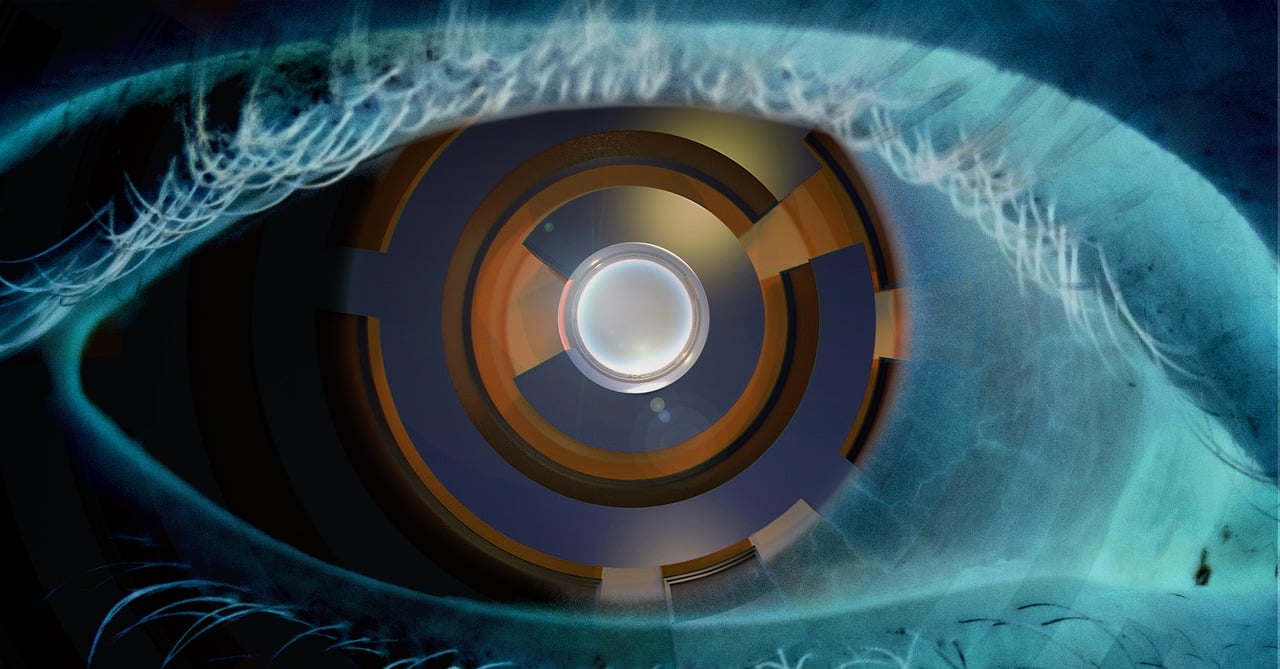
Cyborg: when technology meets man
From the legendary Terminator to the fairy tale Alita to the dystopian Ghost in the shell, cyborgs dominate cinematography. Why? Because it is fascinating a world in which humans are no longer just human, but can, thanks to technology, enhance themselves and their abilities. Pushing the boundaries of all too human, but without magic or superpowers.
First: what is a cyborg? This term, born in the 1960s with the studies of researchers Manfred E. Clynes and Nathan S. Kline, merges the two words cybernetic and organism and indicates that set of artificial components that replace or enhance the functionality or ability of a human being.
It is very interesting to consider the approach of public opinion on this issue: a research conducted in 2020 on over 14,000 people in sixteen countries showed that in Europe almost two thirds of the population would increase physical functions through technology. The results demonstrate that responses vary across demographic groups, genders, and ages. Among the top five concerns are: the possibility that hackers could control or sabotage the body, the fear of permanently damaging body parts, but also the idea that this may be a technology available only to the rich. Finally, the fear of being controlled by private companies and finally the risk of malfunctions.
Therefore, the idea of such a close connection between human biology and technology is not all that science fiction and the fact that the debate on transhumanism is always quite heated demonstrates a non-negligible interest (or fear) towards this issue. Beyond science fiction, let’s discover five stories of real cyborgs.
Hugh Herr lost both legs at 19 from frostbite damage (Herr was a promising climber). He achieved worldwide fame in 2014 when he told his story at the TED Talk: on this occasion he explained that, after the accident and an initial rehabilitation process, he embarked on an academic career and began working at MIT. Here he begins to study and develop advanced leg prostheses. He designs for himself a set of bionic legs which, in addition to acting as prosthetics, also have a number of additional features that make him a full-fledged cyborg. Referred to as the Leader of the Bionic Age by Time Magazine, he is dedicating his life to the study and advancement of bionic limbs and other innovations in the field of bionics.
Tilly Lockey is a young cyborg icon with a decent number of followers on YouTube, where she shares her daily experiences. An inspiration to many people living with prostheses, Tilly dealt with bad meningitis at 15 months that damaged the tissue in her arms. After the first years characterized by heavy and impractical prostheses, a start-up of the University of Bristol, Open Bionics, proposed the use of technologically advanced, light and customizable arms, which made her life easier and became part of integral part of his identity.
Pop and fashion icon, among the BBC’s 100 most influential women, Viktoria Modesta is a bionic artist, who has transformed the technology of her prosthetics into a means of expressing her art and her individuality. Born with a highly debilitating leg defect that forced her to undergo many surgeries for years, at the age of 20 she decided to proceed with the amputation of the limb. Featuring bold, futuristic styling (either the chandelier leg or what looks like a stylized heel), Modesta’s prosthetics challenge conventional views of fashion and beauty.
These three stories tell paths of resilience and acceptance, as well as the ability to make disability an advantage. The next two cyborgs are instead people who have chosen to use technology as a means of increasing their faculties.
Let’s talk about Moon Ribas, the woman who feels earthquakes. A few years ago he created the Cyborg Foundation, an organization that defends the rights of cyborgs, supports cyborg art and supports people who want to become cyborgs. Moon Ribas uses thin systems that vibrate every time there is an earthquake somewhere in the world: thanks to a device connected online to seismographs, it receives constant updates on seismic activity.
The need to extend one’s abilities also characterizes Kevin Warwick, what could be considered the first cyborg in history. In 1998, Warwick implanted an RFID chip with which he can interact directly with computers through his body and thus giving way to new and deeper interactions between man and machines. Four years later, the implant in the arm of BrainGate, with which it creates a direct connection between computers and the nervous system. This allows him a two-way communication with the machine and, consequently, an extension of sensory perception. By having his wife implanted with the same device, the Warwick spouses were able to experience a first example of technological telepathy.








